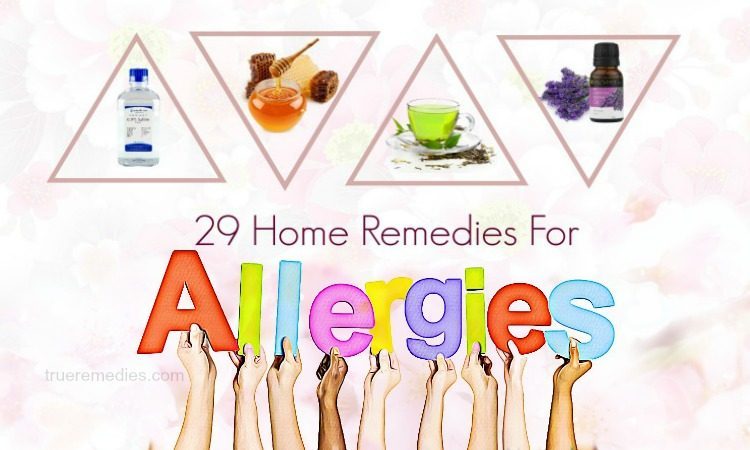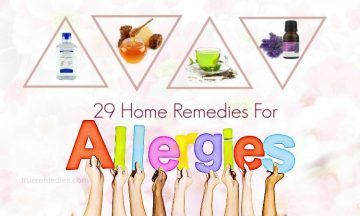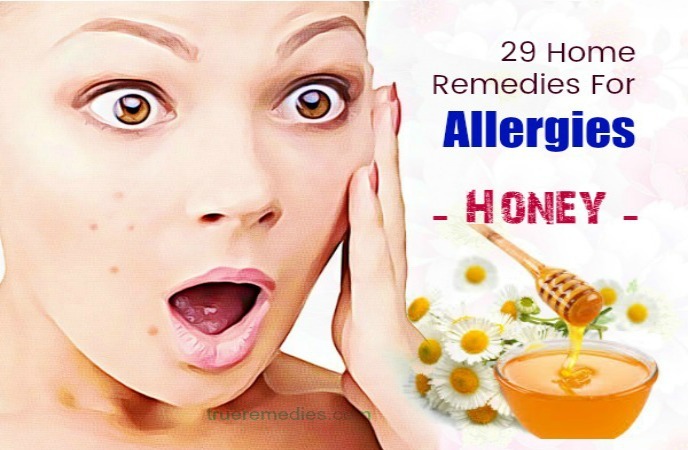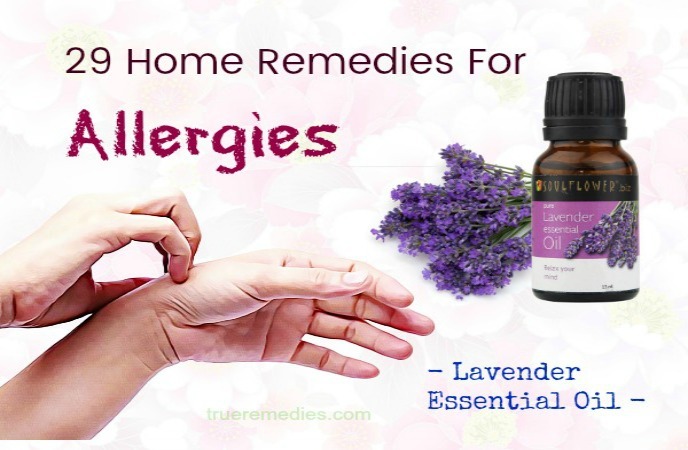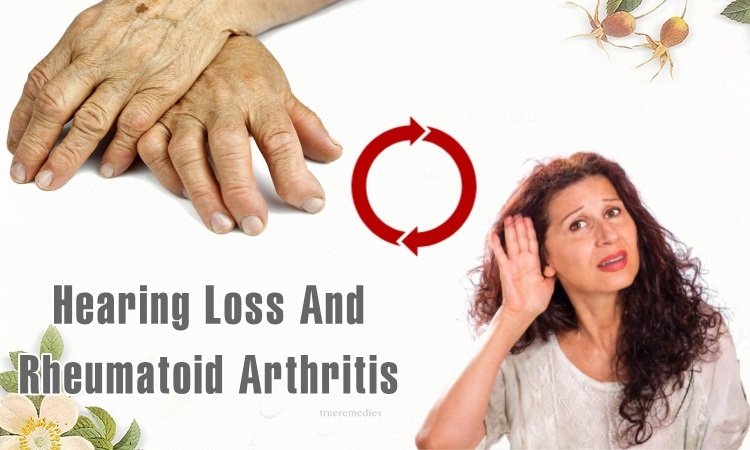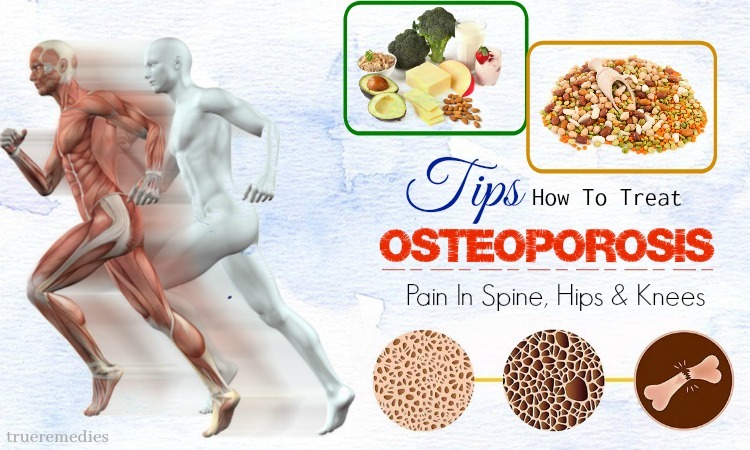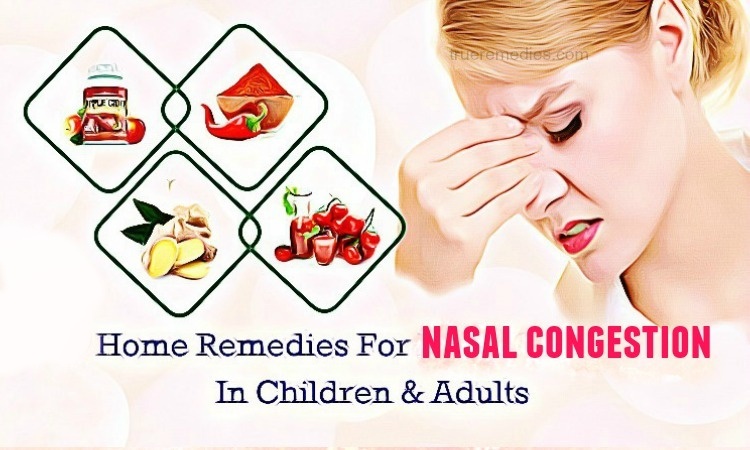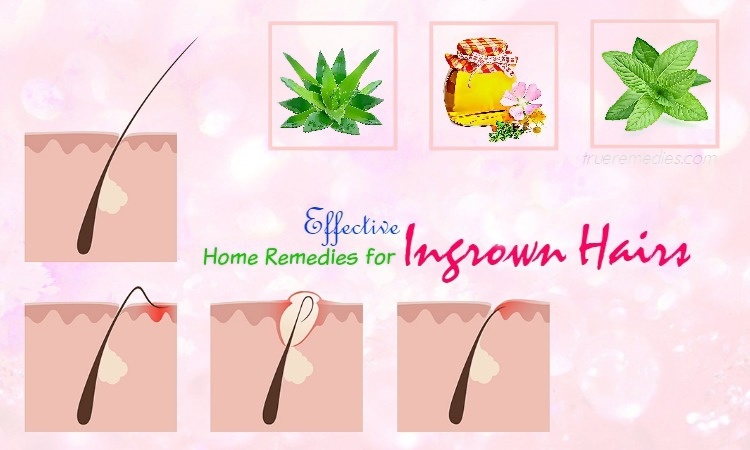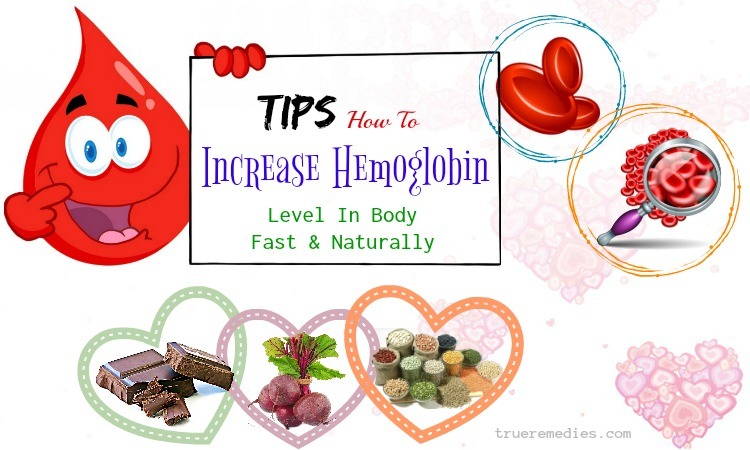Updated: 11/11/2019
CONTENTS
What Is Allergy?
Allergies or allergic diseases are defined as the responses of our body to substances entering or contacting the body. The substance causing our body to react is known as “allergen.” Allergens can be dust, pollen, bee stings, cat fur, some kinds of food such as pepper or shrimps, seasons, etc.
There are many types of allergies, including:
- Allergies caused by dust, pollen, and things like that.
- Skin allergies, such as eczema.
- Food allergies, such as allergies to pepper, milk, or shrimp.
- Allergies caused by an insect sting.
- Allergies to medicines.
What Are The Causes Of Allergy?
Whenever unexpected things enter or contact our body, our immune system automatically reacts to them by releasing an antibody called immunoglobulin E to kill the allergen. The antibody creates some chemicals which cause allergies.
What Are The Symptoms Of Allergy?
The symptoms of allergies vary depending on different allergens. Here are some common symptoms of this issue:
Allergies caused by dust, pollen, etc.
TrueRemedies Partner Solutions

Need a Help from the Leading Expert Online, Available 24/7?
They’re all here and ready to answer your questions online or by phone. Keep asking questions until you get the answer you need.
When you are allergic to dust, pollen, or smoke, you may have nasal blockage, runny nose, coughing,[1] itchy eyes and noses, etc.
Food allergies
Allergies to bee stings
If you are stung by an insect, such as bee or mosquito, you can suffer from:
Drug allergies
- Swelling[4] of your tongue, lips, and face.
- Vomiting
Although allergy is not a severe disease, you may face the anaphylaxis – a fatal response if allergies are not treated in a timely manner.
Who Are At Risk At Allergies?
Allergy is a common disease all over the world. It has been estimated that more and more people have caught allergies nowadays. Many factors are causing you to get allergy, such as:
- Family history: If one of your family members is allergic to a certain thing, you are more likely to be allergic to that thing.
- The risk of getting an allergy in children is much higher than that in adults.
- People having asthma are more likely to have an allergy.
- Little exposure to sunlight may also cause allergies.
The above-mentioned information had brought you an overview of the definition, causes, and factors increasing your risk of getting an allergy. Now it’s time to find out what you can do to treat it effectively at home. Let’s have a look!
29 Home Remedies For Allergies To Dust, Pollen, Food & Bee Stings
A. Home Remedies For Allergies To Dust
1. Nasal Wash, Saline Water
It is undoubtedly that using nasal wash and saline water is one of the best home remedies for allergies to dust and pollen[5] because they may help to wipe off all dirt which causes us to get allergies.
- Put a teaspoon of salt in a bowl and add some warm water.
- Then, add a pinch of baking soda powder.
- Let the solution enter one of your nostrils and let it go out through the other or your mouth.
- Repeat this process with the other nostril.
- Do this method four times to get a better result.
2. Peppermint Tea
Peppermint tea is considered a must-try home remedy for allergies to dust because it has anti-inflammatory and antibacterial properties. Moreover, this ingredient is enriched with rosmarinic acid[6], which may assist your body to fight against allergic inflammatory reactions such as runny nose, itchy eyes and nose, and so on[7] [8].
- Put several dry peppermint leaves in a teapot.
- Fill the teapot with water and bring it to boil.
- Let it steep for 10 – 15 minutes before straining the mixture.
- Let it cool down and enjoy.
- Consume the tea every day for the best results.
3. Steam
Steaming may relieve allergic reactions to dust[9] because it helps to clear your nose. Also, it keeps your airways smooth and treat runny nose effectively.
- Pour about ¼ liter of hot water into a bowl.
- Put your head on the steam flow and cover it with a large cloth.
- Inhale the steam for about 15 minutes.
4. Wasabi
Wasabi belongs to the horseradish family group. It contains allyl isothiocyanate[10], which may strengthen the mucus flow. It has several benefits to our health, such as eliminating bacteria[11], alleviating inflammation[12], increasing liver health, improving immune system, etc.
Method 1:
- Put a spoon in wasabi and quickly take it out.
- Consume wasabi in the spoon to reduce symptoms of sneezing and allergies.
Method 2:
- Grate some horseradish and consume ¼ teaspoon of it.
5. Apple Cider Vinegar
As you know, apple cider vinegar is a top home remedy for many kinds of diseases, such as liver infections, diabetes, weight loss, etc. because it consists of acetic acid, probiotics, and potassium which are effective at healing infections and diseases.
When it comes to allergies to dust, apple cider vinegar may help to alleviate its symptoms thanks to the rich content of probiotics[13] [14]. Moreover, it may help to cleanse the lymphatic system, contributing to treating allergic symptoms and limiting further attacks of the allergy.
- Put a teaspoon of apple cider vinegar in a bowl and add some water to it.
- Consume the mixture thrice every day.
6. Honey
Honey is also one of the practical home remedies for allergies to dust[15]. Honey is rich in monosaccharides, glucose, and necessary minerals. Additionally, thanks to the antibacterial property[16] [17], honey is used not only as a natural remedy but also in medicines for many diseases.
Method 1:
- Promptly consume a teaspoon of honey to reduce allergic symptoms.
Method 2:
- Pour some honey into a clean cloth.
- Apply it to rashes and blisters caused by allergies on your body.
7. Fresh Fruits And Vegetables
You can be so surprising when knowing that fruits and vegetables are also useful to relieve allergic symptoms[18]. Some kinds of fruits and vegetables (such as tomatoes, grapefruits, onions, etc.) contain quercetin, which is so useful at keeping allergy attacks under control[19]. That is the reason why you should always add more fruits and vegetables to your diet.
8. Green Tea
Green tea is a trendy drink all around the world. Its polyphenols are powerful at handling allergic discomforts[20]. Green tea may act as an anti-allergenic agent and is commonly used for treating allergic reactions to dust.
Method 1:
- Wash green tea leaves carefully and put them in a teapot.
- Boil the teapot.
- Then, strain and drink the liquid.
Method 2:
- Put a green tea bag in a cup and pour some boiling water into it.
- Strain the liquid and then enjoy.
B. Home Remedies For Allergies To Pollen
Pollen may be the powder from trees, weeds, flowers, etc. It is difficult to avoid because it flies freely in the air. Therefore, it is much better if you have some effective remedies to reduce its annoyance in hand. Let’s see what they are!
1. Nettle-Peppermint Tea
Nettle-peppermint tea plays an essential role in treating many kinds of illness, such as arthritis, high blood pressure, and even allergies to pollen. Thanks to the rich content of luteolin-7-O-rutinoside, this tea has an incredible power to combat inflammation caused by allergies to pollen[21].
- To limit the allergic reaction to pollen, firstly, you need to take off the clothes you wore when you went out.
- Then, take 1 teaspoon of dried peppermint leaves and 1 teaspoon of dried nettle leaves and put them in a bowl.
- Pour some boiling water into the bowl.
- Let it steep for 15 minutes.
- Strain the mixture.
- Add some honey or some drops of lemon juice to taste.
- Consume the liquid twice every day.
2. Bee Pollen
Bee pollen is also used to relieve allergic reactions. This method is medically known as “the hygiene hypothesis”[22]. It is explained that if our body has been exposed to something uncomfortable before, and when we are exposed to it the next time, it will not affect us as serious as before. In other words, our bodies have developed an immune mechanism to combat the problem. However, if you are allergic to bees, skip this remedy.
- Use local bee pollen in the form of granules.
- Start consuming the pollen 5 months before your flaring of allergies.
- Chew 2 granules every day.
- Increase the dosage by 1 granule each day.
- Do this remedy for 2 consecutive weeks.
Note: Bee pollen must be without insecticides.
3. Refreshing Citrus Drink
Citrus drink is rich in vitamin C[23], which may significantly contribute to enhancing the immunity[24] and relieving seasonal allergies, especially the pollen one[25].
- Squeeze some lemons and oranges to get the juice.
- Chill the mixture of lemon juice and orange juice.
- Add 3 or 4 ice cubes and then enjoy.
- Consume this citrus drink every day.
4. Red Onion Water
Onion is also an excellent home remedy for allergic reactions to pollen[26] because it contains quercetin – a chemical compound having the effect of relieving allergic symptoms.
- Chop some onions into thin slices and put them in a large bowl.
- Add some water to the bowl and let it stay for 12 minutes.
- Add some honey (optional).
- Consume the mixture twice a day.
5. Apple-Walnut Trail Mix
The combination of apple and walnut will be a wonderful home treatment for allergies to pollen. Apples are very rich in quercetin[27], which is very useful to eliminate annoying allergic symptoms[19]. Walnuts may also ease symptoms of allergies by improving the overall health status.
- Cut some walnuts and apples into small and thick pieces.
- Put them in a small bag and toss the mixture for some few minutes.
- Add some dried cherries (optional).
- Consume the mixture.
C. Home Remedies For Allergies To Food
1. Probiotic Foods
Getting food allergy means you have to cope with symptoms such as diarrhea and stomach ache. In this case, eating probiotic foods, including yogurt, is one of the best ways to relieve these symptoms[28] [29]. It is because they are rich in lactobacilli – the right kind of bacterium to handle digestive problems. You can eat 2 cups of yogurt a day or add some probiotic-containing foods such as miso, kimchi, etc. to your daily meal.
2. Ginger
Mentioning ginger, we cannot deny its incredible health benefits. Thanks to the antioxidant and anti-inflammatory effects[30], ginger helps to stop some allergic reactions caused by foods, namely vomiting, nausea, etc[31].
Method 1:
- Cut a small piece of ginger root into thin slices and put them in a large container.
- Add 2 cups of boiling water and let it simmer for 15 minutes.
- Strain the mixture and add some raw honey.
- Consume this ginger tea.
Method 2:
- Put a teaspoon of fresh ginger juice in a cup.
- Add some honey.
- Consume this mixture every morning on an empty stomach.
3. Lemon
The lemon you use in your daily meal also have significant contributions to fighting allergic reactions to food. It is because lemon is rich in vitamin C[32] and antioxidants[33], helping you to get rid of symptoms of the allergy quickly.
Method 1:
- Squeeze a lemon to get the juice.
- Mix the lemon juice with 1 cup of warm water.
- Add some raw honey and mix them well.
- Consume the mixture every morning on an empty stomach.
Method 2:
- Create a mixture of lemon juice and olive oil.
- Use this mixture for your daily salad.
4. Green Tea
Green tea works excellently to treat food allergies because it has antihistamine, antioxidant[34], and anti-inflammatory properties. It has an excellent effect on improving our digestion[35] and strengthening our immune system.
- Take 1 teaspoon of green tea and put it in a glass.
- Add some hot water to it.
- Cover the glass and let it steep for 5 minutes.
- Strain the mixture and add some honey and lemon juice.
- Consume 3 cups of green tea every day.
5. Garlic
Enriched with plenty of calories, protein, vitamins, and minerals, garlic is used as a home remedy for several health problems, including food poisoning can be explained that garlic has antihistamine, antioxidant, and anti-inflammatory properties[36], which are proper tools for not only decreasing allergic reactions to food but also accelerating the recovery process. You can consume 2 cloves of garlic every day or take garlic supplements according to your doctor’s prescription to treat allergies as soon as possible.
6. Stinging Nettle
Thanks to the antinociceptive and anti-inflammatory effects[37], stinging nettle is considered as one of the greatest home remedies for allergies to food. Applying this remedy will help you relieve symptoms such as stomach pain and nausea fast.
Method 1:
- Take 1 tablespoon of dried stinging nettle leaves and put them in a glass.
- Add some hot water and cover the glass.
- Leave it for about 5 minutes before straining the mixture.
- Add some honey and consume the liquid twice every day.
Method 2:
- Take nettle capsules every day upon your doctor’s prescription.
7. Vitamin C-Rich Foods
Vitamin C has an incredible power to strengthen our immune system[38], facilitating our body to fight against diseases. Therefore, eating foods containing a high amount of vitamin C helps us to reduce as well as recover from the allergy quickly. You should include more fresh fruits and foods containing a high quantity of vitamin C such as lemons, kiwi, broccoli, etc. in your daily meal or take vitamin C supplements according to your doctor’s prescription.
D. Home Remedies For Allergies To Bee Stings
Allergies to insect stings are a widespread problem. If you are bitten or stung by bees or spiders, these following home remedies are very useful for you.
1. Lavender Essential Oil
Lavender essential oil can be used to fight against insect bites because it may help to reduce itching and swelling. This oil also has anti-inflammatory properties, which make it powerful at reducing swelling and inflammation[39] and soothing a bee sting.
Method 1:
- Apply 1 drop of lavender essential oil to the sting or bite.
- Repeat this process twice on the first day.
- Reduce the frequency on the next day.
Method 2:
- Dilute lavender essential oil using a carrier castor oil with the ratio of 1:1.
- Apply the mixture to the sting twice on the first day.
- Reduce the frequency on the next day.
2. Baking Soda
Baking soda may relieve redness, swelling, and itching caused by bee stings[40]. Here are the directions:
- Mix baking soda with water with a proportion of 1:3.
- Mix them well to create a thin paste.
- Apply the paste to the stung areas.
- Repeat this process several times.
We hope that you have found your own home remedies for allergies to relieve its discomfort quickly and naturally. If you want to share any ideas about our article, feel free to give your comments below. We will try to respond as soon as possible.

